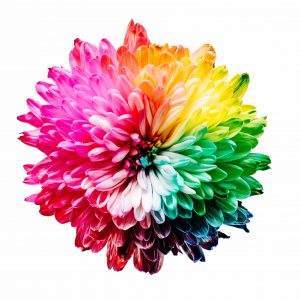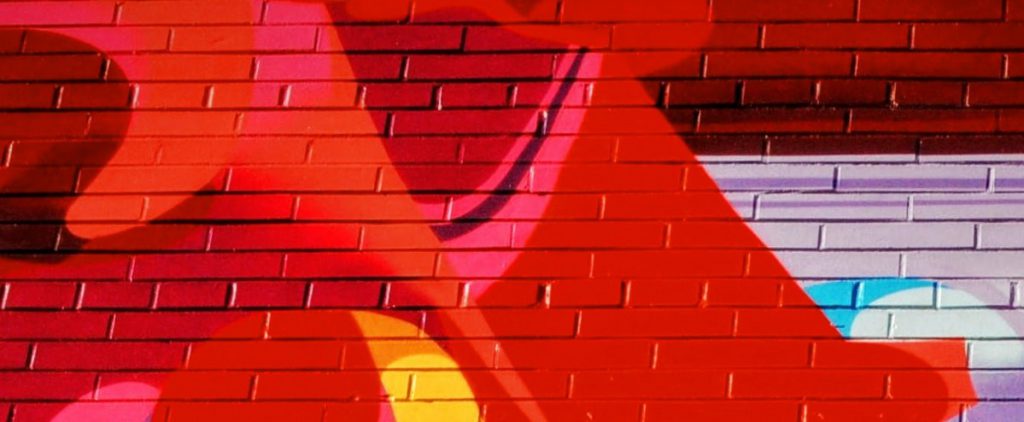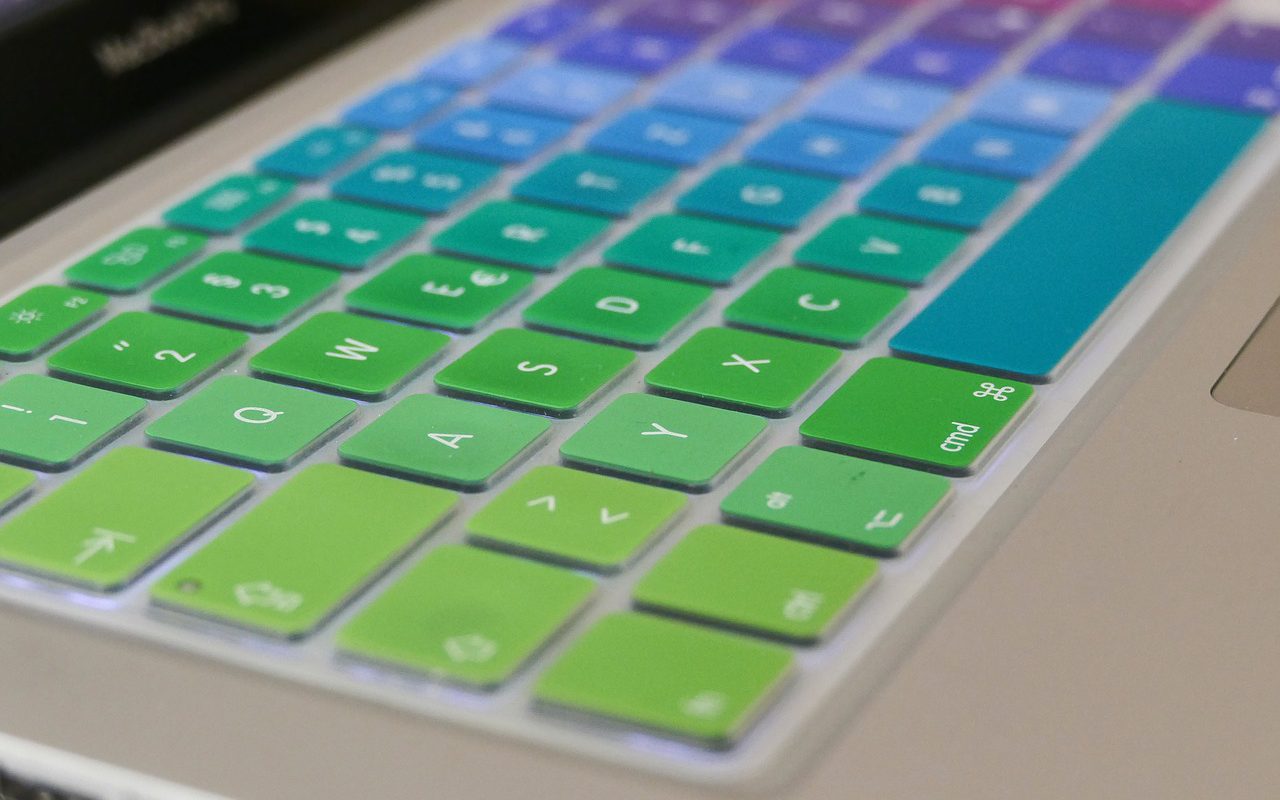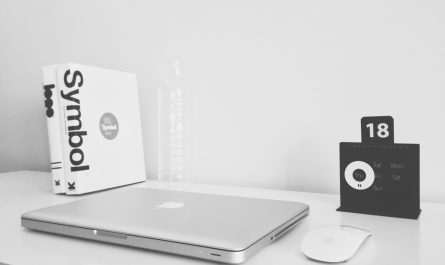Color is one of the most important elements in design, so let’s break down its effects and how to use them properly to create an impression or even a lasting impact. Don’t be afraid to use it to the fullest and learn what you can do to make your message heard.
Color Theory

Color theory is a term used to denote the structure and harmony of colors. We turn to it when we need colors for contrast or to put the elements in sync. The basic color circle, as the name implies, is based on the basic colors: red, blue, and yellow. The rest of the circle is comprised of secondary and tertiary colors, as well as combinations with the hues and shades they provide. There are various effects that these colors can have, which is why you can often see colorful text that is meant to point out something important. One example of this is when people visit websites for things like 888 sport review and bonuses, they can tell from the colors on the page what bit of information they should remember in order to have a good time when they go betting online.
Using the color wheel makes it easy to complement your already existing ideas. Simply changing the color of a single element can completely alter the message of the project. For example, a red object on a black background is seen as large, present, and powerful. Add the object to the orange background and it doesn’t stand out.
Psychology of Using Colors
Different cultures have very different associations when it comes to the meaning of colors. It is up to you to adjust the color to the desires of your targets. The same color may mean optimism, health, doom, and fear in different settings.
Every color can awaken within us a certain type of feeling. Again, even slight modifications can change the outcome of the composition. Red is dangerous but also shows passion. It is the color of anger, but also wealth. That is the difference in cultures. When it comes to the difference in hue, lighter red is more about energy, whereas dark red is suave.

Balance
As in all things, balance is the key. If your background is full of warm colors, consider the colors opposite on the wheel for contrast. The perfect balance between all three of the basic colors is also a way to go. That being said, there is nothing wrong with using a monochromatic design. This method is great when you are going for the retro feel.
Absence of Color
Colors work in your favor even when there are none to be found. Black-and-white photos are used for the nostalgia of classic movies and portray elegance. In several instances, I’ve urged my students and all that would listen to make good use of negative space. When doing so, you must consider the color of that negative space. The first thing to pop into your head is either black or white, but this definitely does not need to be the case.

Experiment
Don’t be afraid – your design can’t hurt you. It is perfectly natural to want to experiment with the colors and see what kind of emotion you can provoke in yourself and your target audience. Being an artist often means letting go of conventional thinking and letting your creative side run wild. Just, you know, don’t overdo it.




